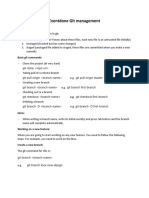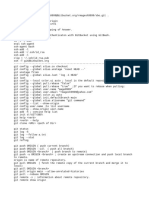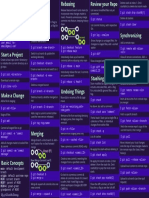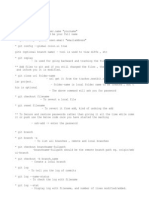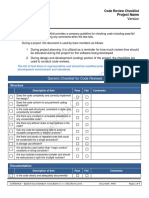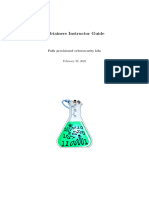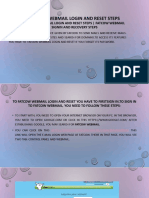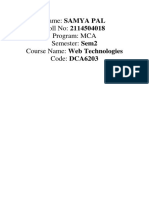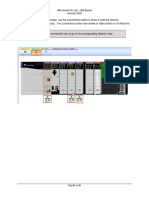0% found this document useful (0 votes)
54 views18 pagesGit Notes For Video
The document provides a comprehensive guide on using Git commands for version control, including managing branches, resolving merge conflicts, and best practices for committing changes. It emphasizes the importance of pulling before pushing, using rebase for a cleaner commit history, and maintaining meaningful commit messages. Additionally, it covers commands for stashing changes, cherry-picking commits, and the significance of using .gitignore and tags for releases.
Uploaded by
Dharm PalCopyright
© © All Rights Reserved
We take content rights seriously. If you suspect this is your content, claim it here.
Available Formats
Download as TXT, PDF, TXT or read online on Scribd
0% found this document useful (0 votes)
54 views18 pagesGit Notes For Video
The document provides a comprehensive guide on using Git commands for version control, including managing branches, resolving merge conflicts, and best practices for committing changes. It emphasizes the importance of pulling before pushing, using rebase for a cleaner commit history, and maintaining meaningful commit messages. Additionally, it covers commands for stashing changes, cherry-picking commits, and the significance of using .gitignore and tags for releases.
Uploaded by
Dharm PalCopyright
© © All Rights Reserved
We take content rights seriously. If you suspect this is your content, claim it here.
Available Formats
Download as TXT, PDF, TXT or read online on Scribd
/ 18













